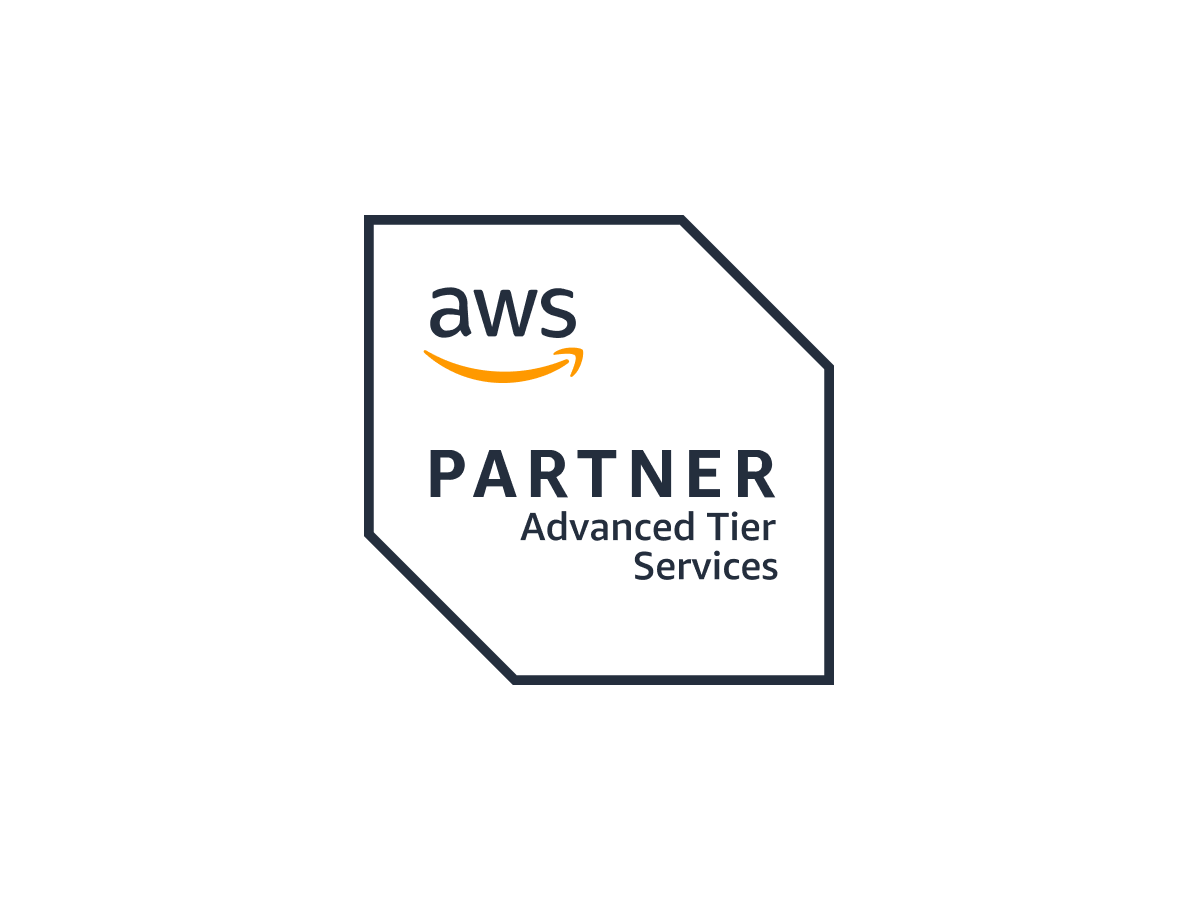Case Study
How Scopic solved its challenges with its self-managed K3s cluster, on AWS EC2 by migrating to Amazon EKS
About Scopic
Scopic, a seasoned custom software development company, stands out as a reliable and innovative force in the industry. With a mission to plan, build, and promote cutting-edge applications, Scopic serves as a dedicated partner for high-value software development solutions. At the core of their philosophy lies the belief in the transformative power of exceptional software.
With a broad spectrum of industry experience spanning trading, healthcare, retail, e-commerce, and more, Scopic’s experienced software development experts bring a wealth of knowledge to address unique challenges across various sectors.
As a committed provider of reliable development and infrastructure services to its clients, Scopic recognized the need to use AWS to tackle specific challenges.

The Challenge
Overseeing a self-managed K3s cluster on AWS EC2 presented considerable challenges. The initial Kubernetes cluster served multiple projects, impeding independent deployments and complicating infrastructure maintenance. Self-management consumed substantial time, negating the advantages of unified deployments. Migrating to the managed AWS Kubernetes service reinstated time efficiency, enabling a transition to more concentrated development and reduced infrastructure management.
The specific challenges of self-managed K3s cluster on AWS EC2 faced by Scopic included:
- Cluster Upgrades and Node Maintenance: Keeping the Kubernetes cluster up to date and managing EC2 instances for worker nodes posed challenges, requiring attention to both node upgrades and overall maintenance.
- Backup, Disaster Recovery & Security: Establishing a backup strategy was crucial for safeguarding data. This was especially important as without the backups in place there was a risk of data loss due to node failures or other unforeseen issues. Security efforts included applying updates, configuring network policies implementing RBAC (Role Based Access Control) and securing communication channels within the cluster.
- Monitoring and Logging: Establishing essential monitoring tools and logging solutions is critical for promptly detecting and efficiently troubleshooting issues. The challenge was to effectively operate and assess a Kubernetes cluster by gathering and analyzing logs and metrics from both cluster components and the applications running on it.
- Load Balancing: Managing the AWS Load Balancer for traffic handling was challenging, particularly when addressing tasks such as SSL termination, routing complexities, and scaling based on varying traffic loads.
- Scaling and Networking: Scaling the cluster and configuring communication between nodes, pods, and external services required careful attention to networking.
- Resource and Configuration Management: Efficiently managing resources within the cluster to prevent resource limitations and performance issues and handling configurations, secrets, and Helm charts proved to be challenging.
- High Availability: Ensuring the availability of our Kubernetes control plane, specifically the master node, poses a significant challenge. This involves crucial tasks such as establishing an etcd cluster, effectively load balancing control plane components, and seamlessly managing failovers.
- Compliance: To meet compliance and governance requirements within the cluster, Scopic needed to implement policies, which made the cluster management even more complex.
The Solution
Additionally, Scopic invested in monitoring tools, automation systems, and Infrastructure as Code (IAC) to streamline cluster management, ultimately minimizing the likelihood of errors.
The solution addressed multiple pain points:
- Cluster Upgrades: With Amazon EKS Scopic no longer has to upgrade the master node as it takes care of the Kubernetes control plane upgrades seamlessly. Additionally Managed Nodegroups make worker node upgrades simpler by allowing rollout of node versions.
- Node Maintenance: In Amazon EKS Managed Nodegroups automate the provisioning and scaling of worker nodes. AWS handles tasks such as node maintenance, patching and replacement which reduces overhead.
- Backup and Disaster Recovery: EKS offers features like automated backups for etcd (the Kubernetes and built in snapshot and restore capabilities. This simplifies disaster recovery and backup processes.
- Security: Amazon EKS ensures the security of Kubernetes master components by providing a control plane. Scopic now can utilize AWS Identity and Access Management (IAM) for control over access, to cluster resources.
- Monitoring and Logging: AWS offers integrations with monitoring and logging services such as CloudWatch and CloudTrail which make it simpler to collect and analyze logs and metrics from the cluster.
- Load Balancing: Network Load Balancers (NLBs) are highly efficient and can be easily integrated with EKS. By using NLBs for ingress, Scopic now can enhance the performance and reliability of routing application traffic.
- Scaling: Managed Nodegroups enable scaling of Scopic’s worker nodes based on demand eliminating the need for scaling efforts.
- Networking: Amazon VPC (Virtual Private Cloud) networking is seamlessly integrated with EKS providing a networking foundation that includes options for custom networking configurations, solving the networking challenges.
- Resource Management: EKS supports resource constraints allowing Scopic to define resource requests and limits for pods in order to efficiently manage cluster resources.
- Configuration Management: Tools like AWS AppConfig and AWS Secrets Manager assist Scopic in managing configurations and secrets within the AWS ecosystem, simplifying the configuration management.
- High Availability: EKS inherently provides a control plane that’s highly available, by distributing it across Availability Zones thereby enhancing cluster resilience and reliability.
- Compliance: For compliance and governance, AWS provides Scopic with essential tools such as AWS Config and IAM policies. These tools help in effectively enforcing policies within the EKS cluster.
List of AWS Services Used:
- Amazon EC2
- Elastic Load Balancing
- Amazon Elastic Block Store (EBS)
- Amazon RDS for MariaDB
- Amazon RDS for MySQL
- Amazon EKS
- Amazon EFS


The Result
By migrating to Amazon EKS and leveraging Managed Nodegroups and a Network Load Balancer, Scopic was able to delegate tasks to AWS. This allows their team to prioritize application development over spending time managing the underlying infrastructure.
With AWS managed services, Scopic enjoyed an automated and reliable Kubernetes environment that addressed the challenges encountered in self-managed cluster setups.
The specific benefits Scopic enjoyed are:
- Ease of Management and Time Saving: Scopic saved a substantial amount of valuable time by managing and maintaining the Kubernetes control plane with EKS. Because it takes care of control plane operations, such as updates and patches, the team didn’t have to spend time and resources on them.
- Simplified Node Management: EKS makes it easier to provision, scale, and automatically remove nodes without needing manual intervention.
- High Availability and Reliability: EKS ensures a control plane reducing the risk of cluster downtime, eliminating a point of failure for the control plane. Additionally, as managed node groups are spread across Availability Zones (AZs) by default, it enhances the availability of the nodegroups.
- Security: AWS solved control plane security issue because it patches the EKS control plane, helping Scopic minimize vulnerabilities and always keeps their cluster up to date. AWS also solved the node security challenge with its features like node termination protection and automatic security group updates, enhancing the security of its worker nodes.
- Scalability and Performance: EKS automatically scales worker nodes based on resource utilization, ensuring optimal performance and resource allocation. The Network Load Balancer is capable of managing traffic loads and offers latency thereby enhancing the performance of applications.
- Simplified Networking: The Network Load Balancer simplifies networking for Scopic’s Kubernetes services, enhancing load balancing capabilities and seamlessly integrating with AWS VPC networking.
- Operational Efficiency: EKS and managed node groups automate tasks, minimizing the need for manual intervention and reducing the risk of human error. It also simplifies the management of Kubernetes version updates ensuring a secure and up to date cluster.
- Integration and Ecosystem: EKS seamlessly integrates with AWS services streamlining the utilization of services like AWS Identity and Access Management (IAM) AWS Secrets Manager and CloudWatch for monitoring and security purposes.
- Compliance and Governance: Leveraging EKS facilitates compliance with standards, as it maintains certifications for its services.
In summary, the solution significantly improved Scopic’s workflow, reducing human errors and the need for manual intervention while enhancing overall performance.

Have more questions?
Talk to us about what you’re looking for. We’ll share our knowledge and guide you on your journey.
























